Blog > What’s up with Web 3.0?
What’s up with Web 3.0?
July 27th, 2022

There has been a buzz of a revolution going around the tech industry for quite some time now. It started a minute after the advent of the cryptocurrency and only recently has it started
to gain traction in the lives of those out of the tech sphere as well.
Yes, we’re talking about the development of Web 3.0.
If you’re new to this piece of information and are confused as to why a new web is being invented then keep reading because today we’ll discuss why the Web 2.0 you and love may become a thing of the past and what we can expect from the new era of the internet.
Before we get ahead of ourselves though, let’s understand Web 1.0 and Web 2.0.
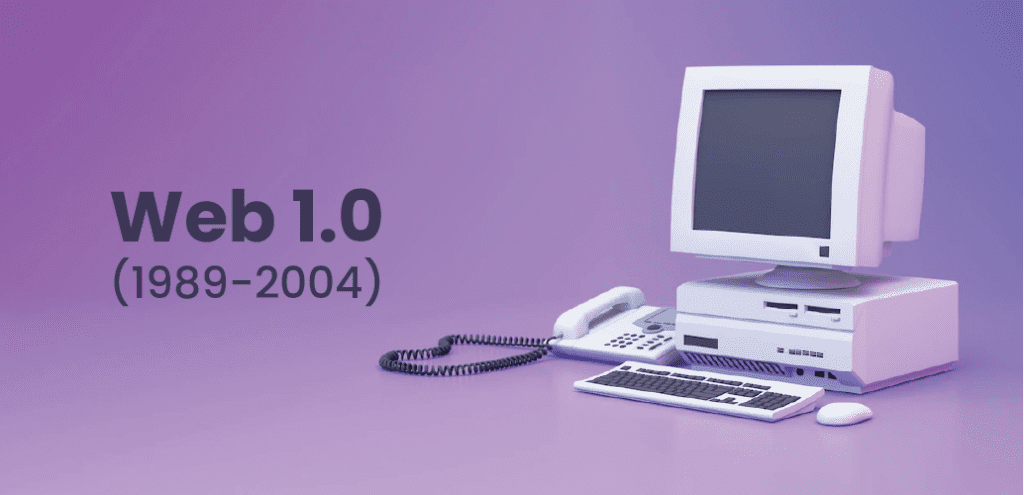
Web 1.0
Let’s take a trip down memory lane, shall we? (although, considering how long the internet has been around, for most of you this will be more of a history lesson than a flashback).
Web 1.0 as the name suggests is the first variation of the internet. It was also the most basic version of the internet. The boon with Web 1.0 was the fact that it was open source, which we’ll circle back to in a minute.
Web 1.0 was like a newspaper. Except newspapers could have images. But like newspapers, the communication here was one way. People could only view the content, but had no opportunity to interact with it. At best, they could click on hyperlinks and go to other pages, or submit forms and surveys.
And the primary contributors of content at Web 1.0 were coders since the only way to put up content was to learn technical skills like HTML and then publish. Consumers had to read whatever was presented to them as they couldn’t interact with the source in any way. Web 2.0 revolutionised that.
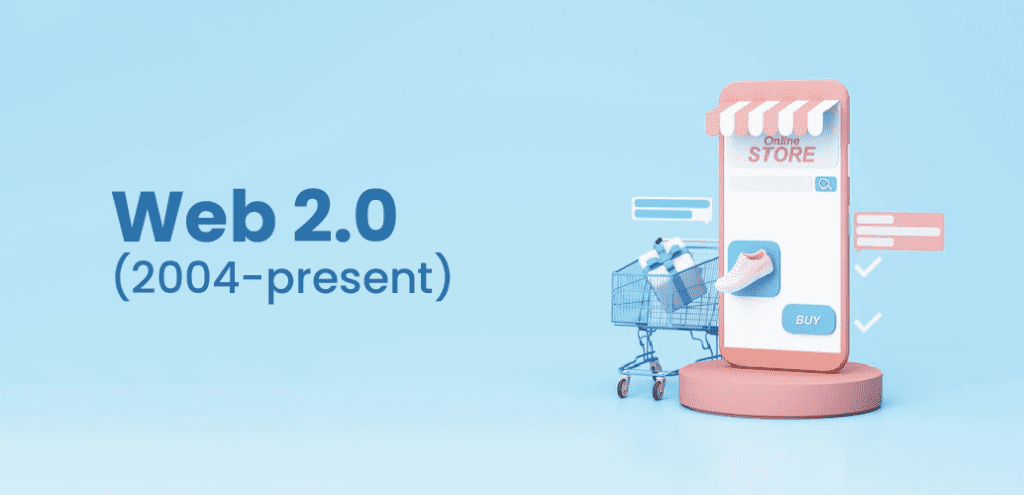
Web 2.0
Web 2.0 - or the version that might soon go out of fashion - is the version we all currently use and consume. Web 2.0 was revolutionary at the time because it made use of multimedia, like pictures, videos, text, etc. to make the user experience more dynamic.
Web 2.0 introduced the world to blogs, Wikis, video sharing platforms like Youtube, microblogging sites like Twitter, and finally the pinnacle of that decade - social networking sites like - you guessed it - Facebook.
The key difference between the first two versions of the web is that Web 2.0 relied on users creating, sharing and themselves consuming that content. It would fall upon the tech giants, like Facebook, Google and Amazon, to provide a platform to make that possible. And this trend has persisted to date. Even today, 85% of content created and shared online is made by the users of those platforms. For example, all the reels and video content on Instagram aren’t made by Instagram itself. We, the users, make those and we are also the people that consume all that content made.
Another great feature of Web 2.0 is the birth of search engines - where users could type in relevant keywords and search for their desired results on the Search Engine Results Page. The only issue - which still exists by the way - is that the results aren’t always accurate. For example, if I were to type “apple” into Google’s search bar, the SERP would show me results for Apple inc. the company and not apple the fruit. In order to get results for the fruit, you would have to type Apple the fruit. We have to be extremely specific about what we type into the search bar to get the desired results.
Web 2.0 had a lot of other innovations too under its belt. From software development to social media, Web 2.0 has been the backbone of plenty of innovations. Then why the sudden call for change?
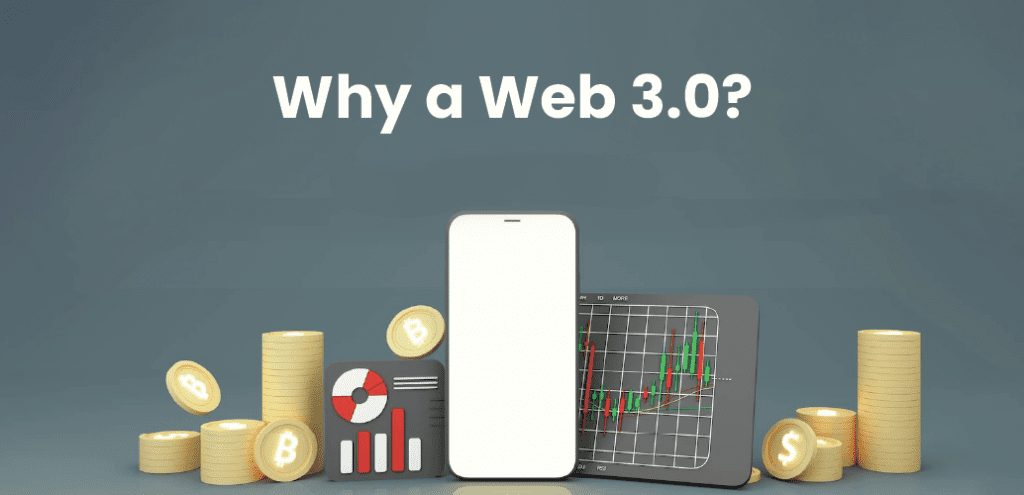
Why a web 3.0
The main reason people want a new internet is - ownership.
In the current version that is Web 2.0, you must have noticed that there is a monopoly. The majority of the internet is owned by certain companies only. For example, Google controls 87% of the global search market. And Facebook recently reached 3.6 billion users. While this is an incredible feat for these individual companies, it is preventing other companies from thriving and it is stopping new start-ups from blooming. This is because all the new startups are forced to build their products on the monopolists’ platform, where the protocols are not defined in the beginning and they can change at any point, sometimes without reason.
For example, you might remember a particular Instagram ad campaign from messaging app Signal that was meant to show the reality of how your information is sold to advertisers. The ad was filled with hyper-specific keywords that would be used to target certain groups of people. Well, that didn’t go over too well with Facebook. The campaign was blocked before it went live and Signal was banned from Facebook ads altogether. Businesses that try to get on these monopoly platforms often take this issue. They cannot afford to get out of the platform. And the platform rules change, sometimes without any transparency and at a great cost to the business owners.
But ownership is not the only reason for the need for Web 3.0. Another factor has been privacy.
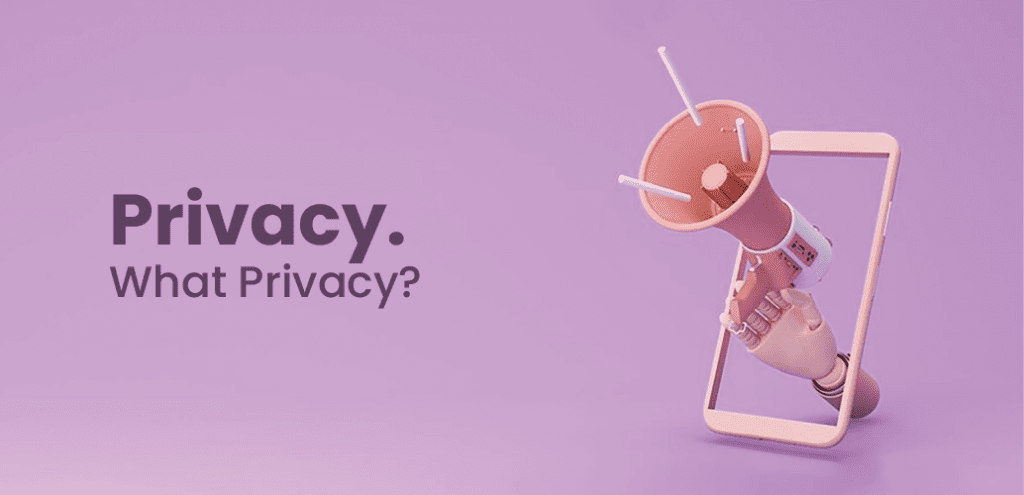
Web 3.0 and Data Privacy
Data privacy has become a huge issue in the last decade. The data we put out on the internet is not ours anymore. It is taken and sold to businesses. Usually, it is targeted advertising, which seems harmless by itself, but there are far more dangerous things that can be done with our data - that aren’t completely illegal.
Preferences of users are heavily used not to simply market things to them, but also to shape public opinion. A classic example of this was the US presidential elections scandal in which user data was used for micro-targeting to sway people’s votes.
When other information, like users’ location, their health-related information and financial data get in the wrong hands, privacy and security become every individual’s concerns. Data and privacy has become such a big deal that Apple launched a new privacy feature with iOS 15.5 that masks their users’ IP address so that it can’t be linked with their activity on the web. This small feature alone is set to cost Facebook 10 Billion dollars in damages.
Not just that. When we use Big Tech platforms, our data is continuously collected and stored in the company’s central storage systems. Since our data is now controlled by these companies, we have no way to secure our data. It can be hacked from these centralised systems at any point. And it has happened multiple times in the past as well.
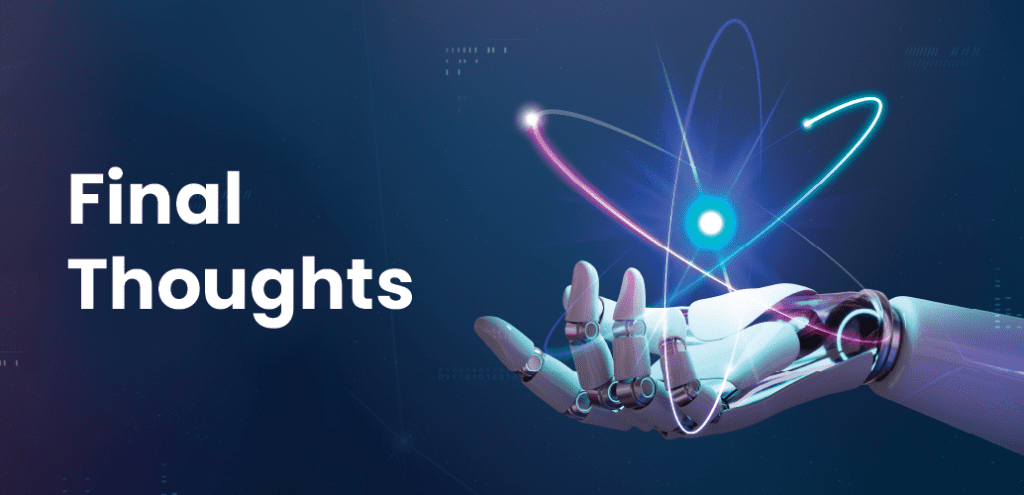
Conclusion
So there you have it - all the reasons why people want to change the old ways and switch to Web 3.0. But this is easier said than done.
Like any other technology, Web 3.0 faces its own set of challenges, and without the proper I.T infrastructure to back it, it might as well be a pipe dream. But hopefully, in trying to build a new internet, we’ll find a lot more advancements along the way.
What are your thoughts on Web 3.0? Let us know in the comments below.
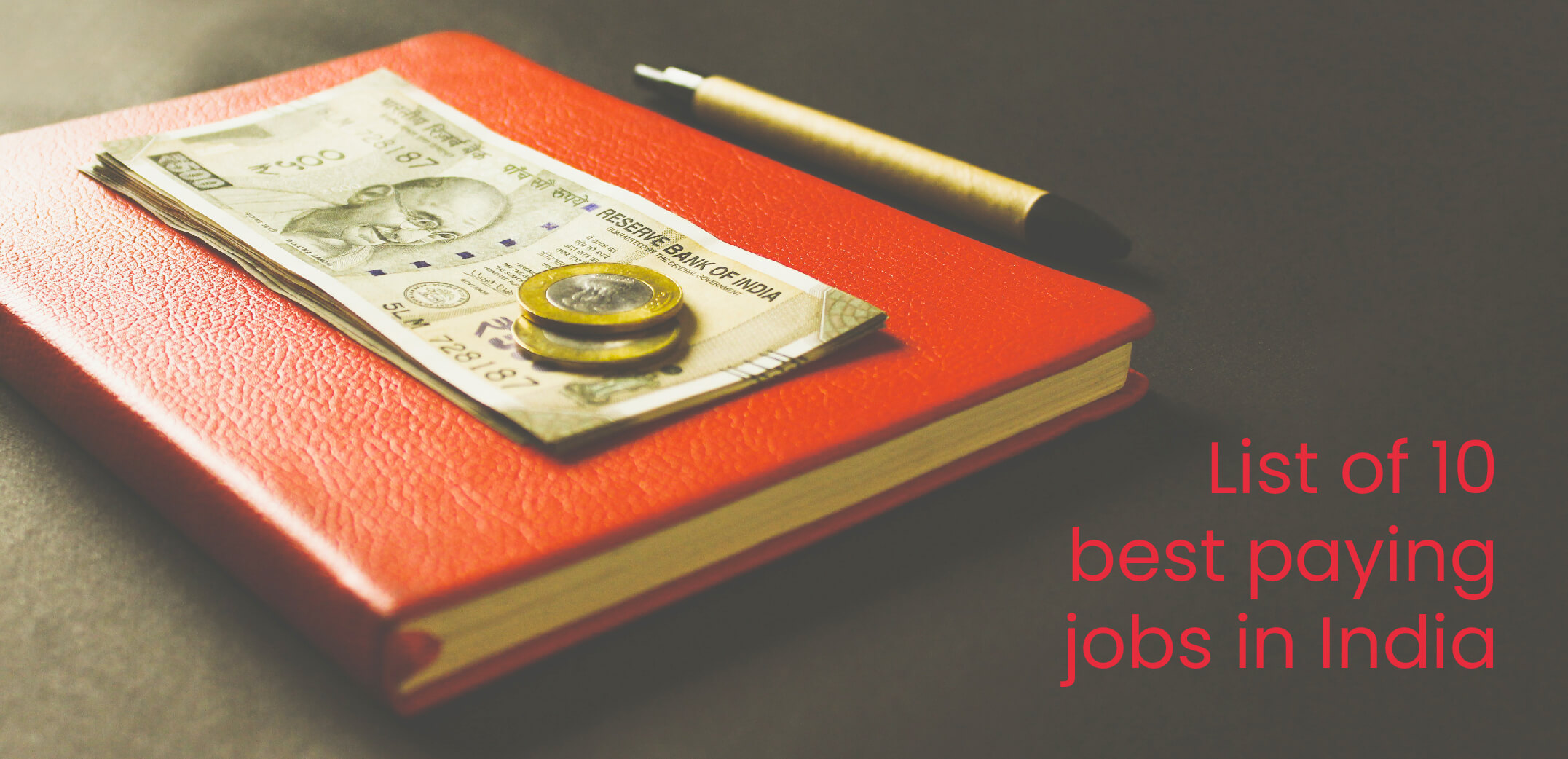





Add a Comment